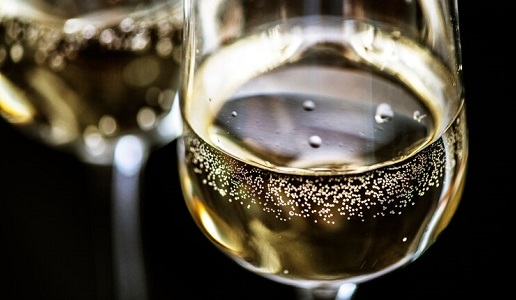Classic or Charmat Method?

One should not consider either of these methods of secondary fermentation to be better than the other, in the absolute sense, but rather take into consideration the type of sparkling wine they intend to taste.
During a wonderful seminar on Italian sparkling wine held in Milan, during the presentation of our Essential Guide 2024, Sissi Baratella, our “special” collaborator, presented a concept that truly impressed me. And so I have decided to make it my own for this editorial, giving her the credit she clearly deserves.
At the center is the difference, I’d say theoretical, which exists between the Classic Method and the Charmat (aka Martinotti or Cuve Close) Method. Sissi argued, and I think she’s right, that the Charmat Method is the one that highlights the varietals used, while in the Traditional Method the varietals are at the service of the winemaking method. In other words, secondary fermentation in an autoclave, which takes a shorter period of time to produce effervescence, is more suited for aromatic or semi-aromatic varietals, like Moscato, Malvasia di Candia Aromatica, Brachetto, Glera and even Müller Thurgau. In this case, the characteristics of the varietal, especially those related to the terpenes, are maintained and even exalted, in the best of cases. The notes of fermentation remain, obviously, but they do not dominate over those of the varietal, and are almost at the service of their expression. An Asti Spumante, a Prosecco Superiore or a Brachetto are very recognizable thanks to the aromas strictly related to the primary varietals.
The wines made using the Classic Method, on the other hand, use varietals that are not particularly aromatic, like Chardonnay or Pinot Noir, and their complexity is determined more by the system used for production, sitting on the lees, for example, than the types of grapes used. For sure, this method has been used to produce legendary sparkling wines, like the great Champagnes and some Italian bubblies. But this was achieved by a system of winemaking focused on determining organoleptic properties that do not immediately come from those of the base varietals but are an evolution of them.
The conclusion that I think one can draw from these considerations is that some methods are more suited for certain types of wines and, I would add, one should not focus on which is better but rather recognize their distinctions. In other words, if at a certain point in my life I want an aromatic and slightly floral sparkling wine, then I will select one made using the Charmat Method. If, on the other hand, I want a wine with greater complexity, which evolves stylistically with aging, then I will choose a Traditional Method wine. And in both of these great families you can find some truly fascinating wines.

 Italiano
Italiano







